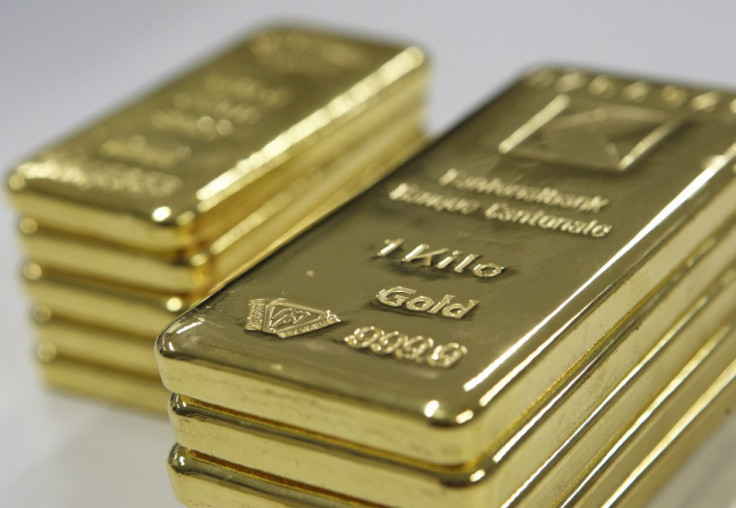Commodities Round-up: Dow's spike knocks the stuffing out of gold futures
Precious metals take beating after equity markets rally as Dow Jones Industrial Average climbs above 20,000 points.

Precious metals took a beating on Wednesday (25 January) after the Dow Jones Industrial Average surged past the historic 20,000 points barrier in tandem with a rally in major European equity markets – thereby knocking confidence in the commodities sphere.
At 4:02pm GMT, the Comex gold futures contract for February delivery was down 1.16% or $14.10 at $1,197.70 an ounce, while spot gold was 1.02% or $12.18 lower at $1,196.76 an ounce, despite a weaker dollar.
Fawad Razaqzada, market analyst at Forex.com, said: "From a technical viewpoint, gold is poised for a big move but at the moment it is not very clear which direction the move will be. Support comes in the $1,194/$1,200 region while resistance is at $1,220.
"If this turns out to be the high for gold this quarter then it would represent a shallow pullback (38.2%), meaning the potential falls could be huge. If the metal does break $1,194 support then a drop to at least $1,180 would become likely, possibly a lot lower over time. Conversely, if gold breaks $1,220 resistance then it will likely go up sharply, towards the next bullish objective at $1,250."
Elsewhere, Comex silver was down 1.72% or 29 cents to $16.89 an ounce, while spot platinum fell 1.69% or $16.85 to $979.15 an ounce.
Away from the precious metals market, oil futures were nominally lower as traders reconciled the impact of higher oil prices against the prospect of rising oil production as a result. Furthermore, President Donald Trump offered the US oil and gas sector a shot in the arm by his explicit backing of two controversial pipeline projects – the Keystone XL and the Dakota Access Pipeline.
At 4:18pm GMT, the Brent front month futures contract was 0.24% or 15 cents lower at $55.29 per barrel, while the West Texas Intermediate (WTI) was down 0.24% or 12 cents at $53.06 per barrel.
Commenting on the direction of the market, the US Energy Information Administration (EIA) said: "Global production and consumption are both projected to increase through 2018, but consumption is expected to increase at a faster rate than production.
"As a result, global balances are expected to tighten. Production is expected to have increased by 1.6 million barrels per day (bpd) in the fourth quarter of 2016, with Opec accounting for 0.9 million bpd, or 55%, of this increase. EIA estimates that total global production averaged 96.4 million bpd in 2016. Global production is expected to increase to 97.5 million bpd in 2017 to 98.9 million bpd in 2018."
© Copyright IBTimes 2025. All rights reserved.






















